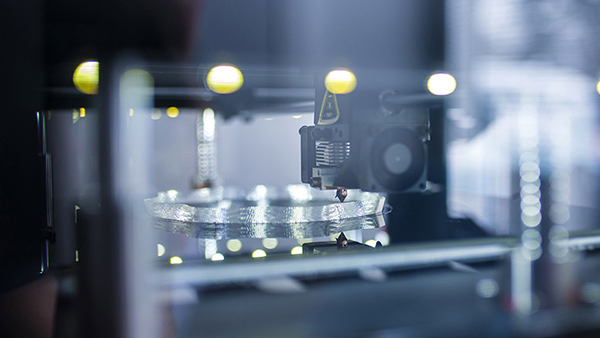If you need to showcase your item quicker, you will require rapid prototyping to make the parts promptly accessible for testing. There are numerous developments in the assembling business lately. Furthermore, among them are the different fast prototyping methods that can enable the plan to group during the item improvement stage. It’s called rapid prototyping.
On account of rapid tooling, parts are fabricated rapidly to test and approve them before going into creation tooling. There are various names for rapid tooling. A few people call it models tooling, delicate tooling, or model form. For the time being, let us stay with rapid tooling

3D prototyping*
3D prototyping is from indiacadworks.com
Early days of rapid tooling
Rapid tooling is a procedure of making a model in a brief timeframe. Everything started during the 1990s where designers utilizing plastic infusion forming attempted to discover approaches to make moulds in days or even hours rather than the number of months it took them to deliver a machining shape.
Parts made via rapid tooling has been known to be an ideal answer for test and assess a model and make two or three hundred sections before really going into full creative mode. Rapid tooling methods manufacture embeds like the centre, side activities, and depression of the parts. Everything relies upon the rapid tooling utilized; it can deliver parts through various cycles out of a similar shape.
There are numerous rapid tooling methods to browse, and each type can have different advantages. You have multiple elements to consider for getting the more significant part of these advantages since it fluctuates relying upon the size, consistency, innovation, precision, and the materials you will utilize.
It will help if you remember the accompanying restrictions, as well, on the off chance that you are thinking about rapid tooling to make your model.
- The mould needs to be robust: The form must be secure with the goal that it can deal with the infusion shaping technique. The trim machines clipped warmed materials into the way at pounds per inch, so the moulds ought to withstand the infusions.
- The image needs to be smooth: Besides being dependable, it ought to likewise be smooth to infuse the plastic neatly. This trademark is primary since it is required for every launch. In rapid tooling, a few procedures include materials layer by layer, so it’s not smooth. For this situation, the model requires extra completing to be reasonable for prototyping. One thing about rapid tooling is it utilizes the specific material of the last item. It’s acceptable in light of the fact that you can have a progressively exact thought of how the parts will be in genuine usage. In this way, you can investigate and affirm on the off chance that you have the correct material.
Bottom line
There are numerous applications for rapid tooling, and these applications will keep on developing due to the advancement of new systems. The creation of molds such as metallic and also non-metallic ones can be done via rapid tooling. There are numerous reasons why you ought to consider rapid tooling. It is an ease, snappy and viable way that will permit you to advertise parts quicker. The cost advantage is the most valuable since it will empower advertise testing, which is reasonable for low volume.
